SunVena Solar Blog
Residential Solar News, Insights & Resources
What is a 3 Phase Solar Inverter and How Does it Optimize Energy Efficiency
In the quest for sustainable energy solutions, the 3 phase solar inverter emerges as a pivotal component in maximizing energy efficiency. This technology plays a crucial role in converting the direct current (DC) generated by solar panels into alternating current (AC) that can be utilized by homes and businesses.
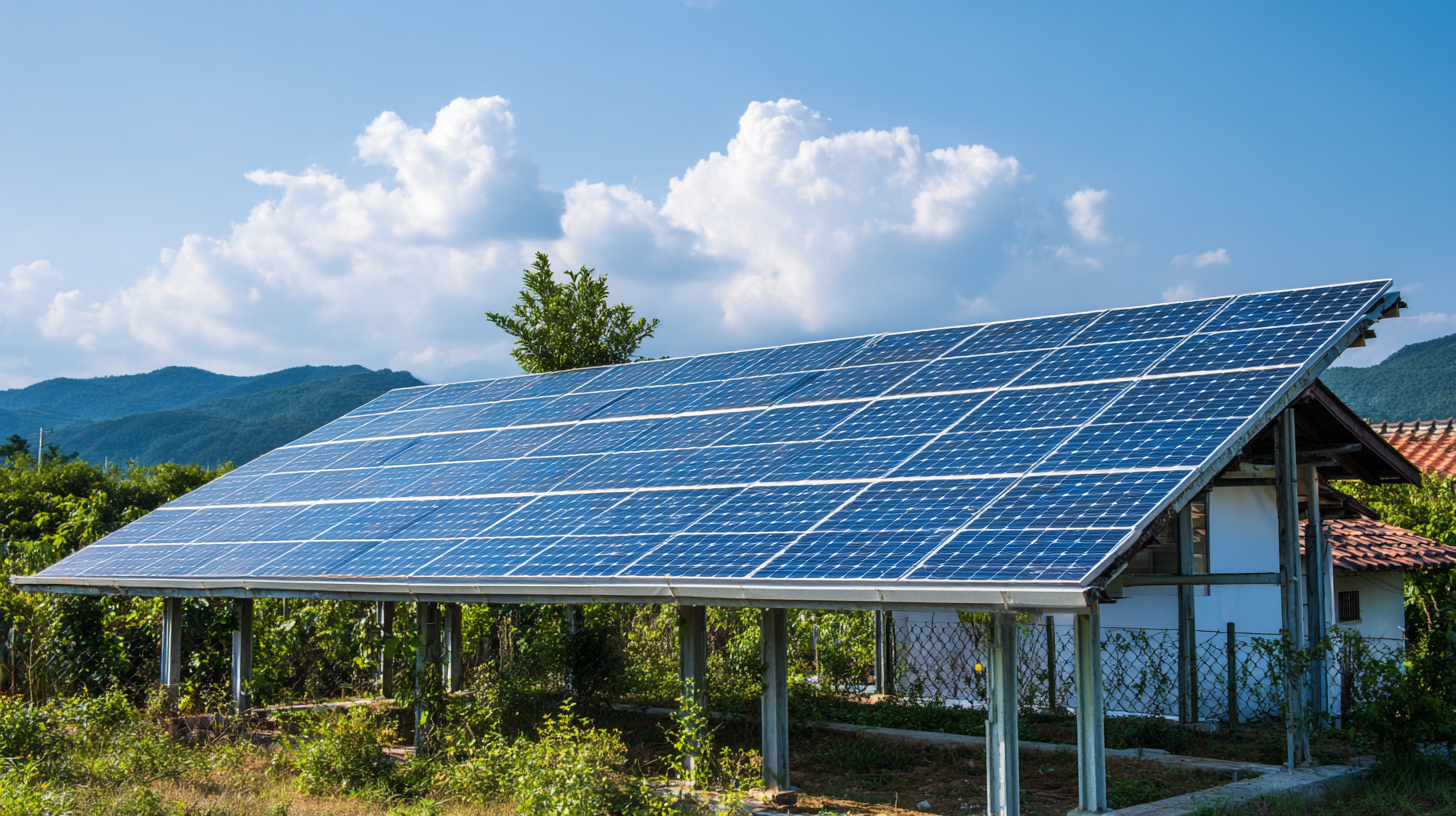
By effectively distributing power, the 3 phase solar inverter not only enhances the reliability of solar energy systems but also allows users to harness optimal energy output. Understanding how this sophisticated device functions is essential for anyone looking to invest in solar technology, as it directly impacts both performance and long-term savings. In this blog, we will explore the fundamental workings of the 3 phase solar inverter and how it contributes to energy optimization, empowering more individuals to make informed decisions about their renewable energy investments.
Understanding the Basics of a 3 Phase Solar Inverter
A three-phase solar inverter is a pivotal component in solar energy systems, particularly for commercial and industrial applications. Unlike single-phase inverters, which are limited in power output, three-phase inverters can efficiently manage a higher load, typically ranging from 5 kW to over 100 kW. According to a report by the Solar Energy Industries Association (SEIA), businesses utilizing three-phase solar inverters can achieve a more balanced power distribution, significantly enhancing their energy efficiency and reducing operational costs.
One of the key advantages of three-phase solar inverters is their ability to optimize energy conversion. With advanced algorithms, these inverters can track the maximum power point (MPP) of solar panels, ensuring that they produce the highest possible energy output. A study published by the National Renewable Energy Laboratory (NREL) revealed that three-phase inverters can improve energy harvest by up to 10% compared to single-phase systems, particularly in environments where solar irradiance fluctuates throughout the day. This capability makes them an ideal choice for larger systems where maximizing efficiency and reducing energy waste is essential.
What is a 3 Phase Solar Inverter and How Does it Optimize Energy Efficiency
| Feature | Description | Benefits | Efficiency Rating |
|---|---|---|---|
| Power Conversion | Converts DC power from solar panels to AC power for use in homes | Allows energy use from solar generation without reliance on the grid | 95% - 98% |
| Balancing Load | Distributes power evenly across three phases | Reduces wear on electrical equipment, enhancing longevity | N/A |
| Grid Connection | Enables connection to the utility grid for net metering | Provides an additional income source by selling excess power back | N/A |
| Smart Monitoring | Tracks energy production and system performance | Enhanced awareness of system efficiency and potential issues | N/A |
| Safety Features | Includes over-voltage, surge protection, and anti-islanding | Protects the inverter and connected devices from damage | N/A |
The Role of 3 Phase Solar Inverter in Energy Management
A 3 phase solar inverter plays a critical role in modern energy management systems by ensuring efficient conversion and utilization of solar energy. Unlike single-phase inverters, 3 phase inverters can handle higher loads and provide greater power output, making them ideal for commercial and industrial applications. According to the International Energy Agency (IEA), the use of three-phase systems can increase energy efficiency by up to 30% compared to single-phase systems, thus reducing the overall electricity consumption and operational costs for businesses.
In addition to enhanced efficiency, 3 phase solar inverters help in stabilizing grid power quality. By distributing energy evenly across three phases, these inverters minimize harmonic distortion and improve the overall performance of the electrical network. A report by the U.S. Department of Energy highlights that using three-phase systems can lead to fewer voltage fluctuations, which not only improves energy efficiency but also extends the lifespan of electrical appliances and reduces maintenance costs. This makes 3 phase solar inverters an integral element in optimizing energy management and fostering sustainable energy practices in today's eco-conscious business environment.
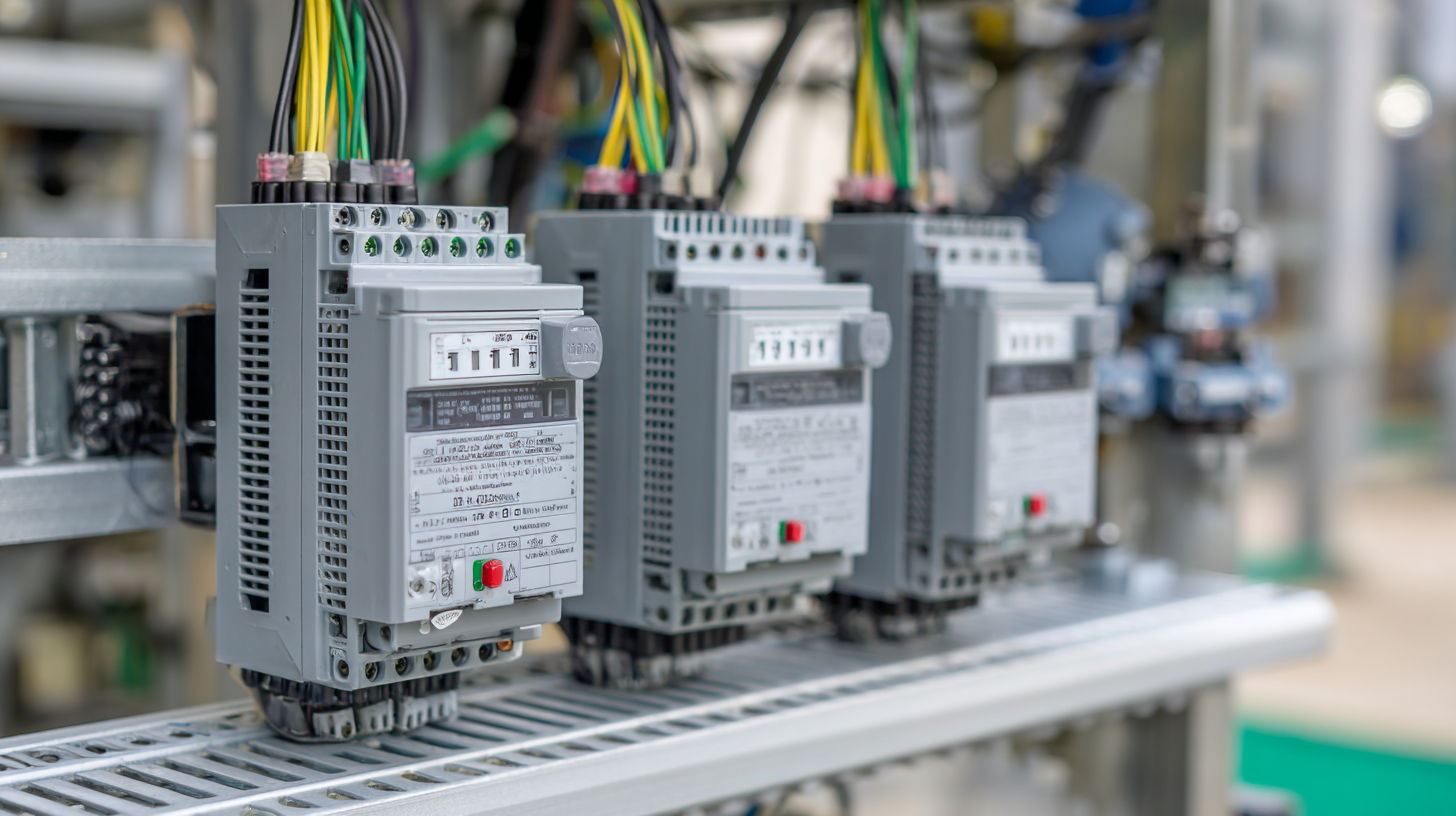
Benefits of Using a 3 Phase Solar Inverter for Energy Efficiency
A 3 phase solar inverter plays a crucial role in optimizing energy efficiency in solar power systems. Unlike single-phase inverters, which can limit energy output, 3 phase inverters distribute power more evenly across three phases, leading to a more stable and efficient energy generation. This balanced load reduces the risk of overheating and prolongs the lifespan of the system.
One of the main benefits of using a 3 phase solar inverter is enhanced performance in larger installations. These inversions are ideal for commercial and industrial settings where increased power demand is common. By managing the power output more effectively, these inverters can optimize energy consumption, making it more adaptable to variable electrical loads.
**Tip**: When selecting a 3 phase inverter, consider the total power requirements of your system to ensure it can handle peak demands efficiently.
In addition, integrating energy storage solutions with your 3 phase inverter can further improve energy efficiency. This setup allows surplus energy generated during peak sunlight hours to be stored and used during high-demand periods or at night.
**Tip**: Regular maintenance and monitoring of your solar inverter will help identify inefficiencies early and enhance the overall energy yield of your solar power system.
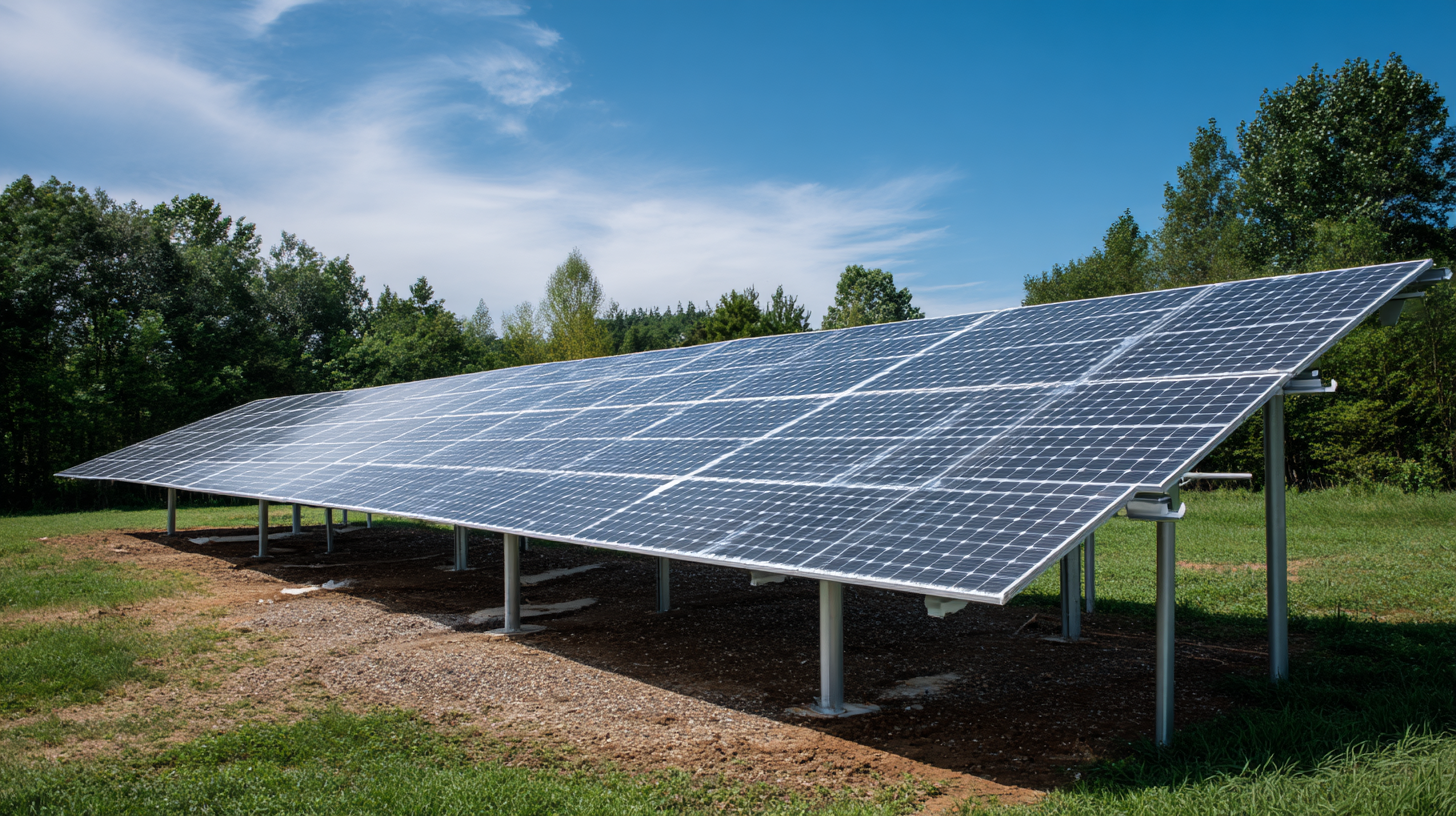
How 3 Phase Solar Inverters Compare to Single Phase Inverters
When considering solar inverters, the choice between a 3 phase and a single phase inverter is crucial for optimizing energy efficiency. 3 phase solar inverters are often preferred for commercial applications due to their ability to handle larger loads and provide a more balanced power distribution. According to a report by the National Renewable Energy Laboratory (NREL), 3 phase systems can improve overall energy production by up to 20% compared to single phase systems, particularly in installations that demand high power output.
Moreover, the efficiency of 3 phase inverters in converting DC to AC power is typically higher, with efficiency ratings often exceeding 98%. This is significant when evaluating long-term energy savings. A study by the International Renewable Energy Agency (IRENA) indicates that, although the initial investment for 3 phase inverters might be higher, the lower operational costs and enhanced performance usually yield a return on investment within a few years. Additionally, for residential setups with heavy machinery or multiple appliances, 3 phase inverters can provide a more stable and reliable power supply, mitigating the risk of interruptions and overloads that can occur with single phase systems.
Key Features to Look for in a High-Efficiency 3 Phase Solar Inverter
When selecting a high-efficiency 3 phase solar inverter, several key features should be prioritized to ensure optimal energy management. First and foremost, the inverter's efficiency rating is critical; look for models that exceed 98% efficiency. Higher efficiency means less energy loss during the conversion process, allowing more electricity to be harnessed and used. Additionally, consider inverters equipped with advanced Maximum Power Point Tracking (MPPT) technology, which optimizes energy harvest from solar panels by adjusting to varying sunlight conditions throughout the day.
Another essential feature is smart monitoring capabilities. Inverters with integrated monitoring systems allow users to track performance in real-time through a mobile app or web interface. This technology not only adds convenience but also aids in identifying issues early, ensuring that the system operates at maximum efficiency. Finally, durability and warranty are important considerations; look for inverters that are designed to withstand harsh weather conditions and offer comprehensive warranties, as this indicates reliability and long-term performance. By focusing on these key features, energy efficiency can be significantly enhanced, ultimately leading to greater savings and a more sustainable energy solution.
Energy Efficiency of 3 Phase Solar Inverters
This bar chart illustrates the energy efficiency (in percentage) across various voltage levels for 3 phase solar inverters. The data shows that higher voltage tends to correlate with increased energy efficiency, demonstrating the importance of voltage optimization in energy output.
Related Posts
-
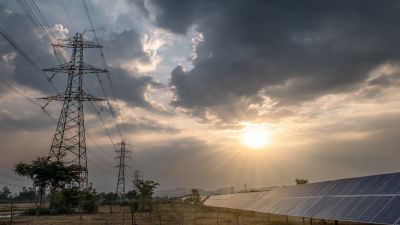
Mastering Your Solar System with the Best Must Solar Inverter Selection Guide
-

Innovative Solutions for Efficient Hybrid Solar Inverter Integration into Modern Energy Systems
-

Mastering Your 3kw Solar Inverter Setup A Step by Step Tutorial for Beginners
-
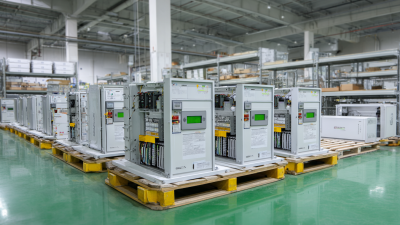
Navigating Import and Export Certifications for Best on Grid Solar Inverters in the Global Market
-

Innovative Examples of RV Solar Inverter Technologies Shaping Sustainable Travel
-

Top Strategies for Optimizing the Performance of 5kw Solar Inverters